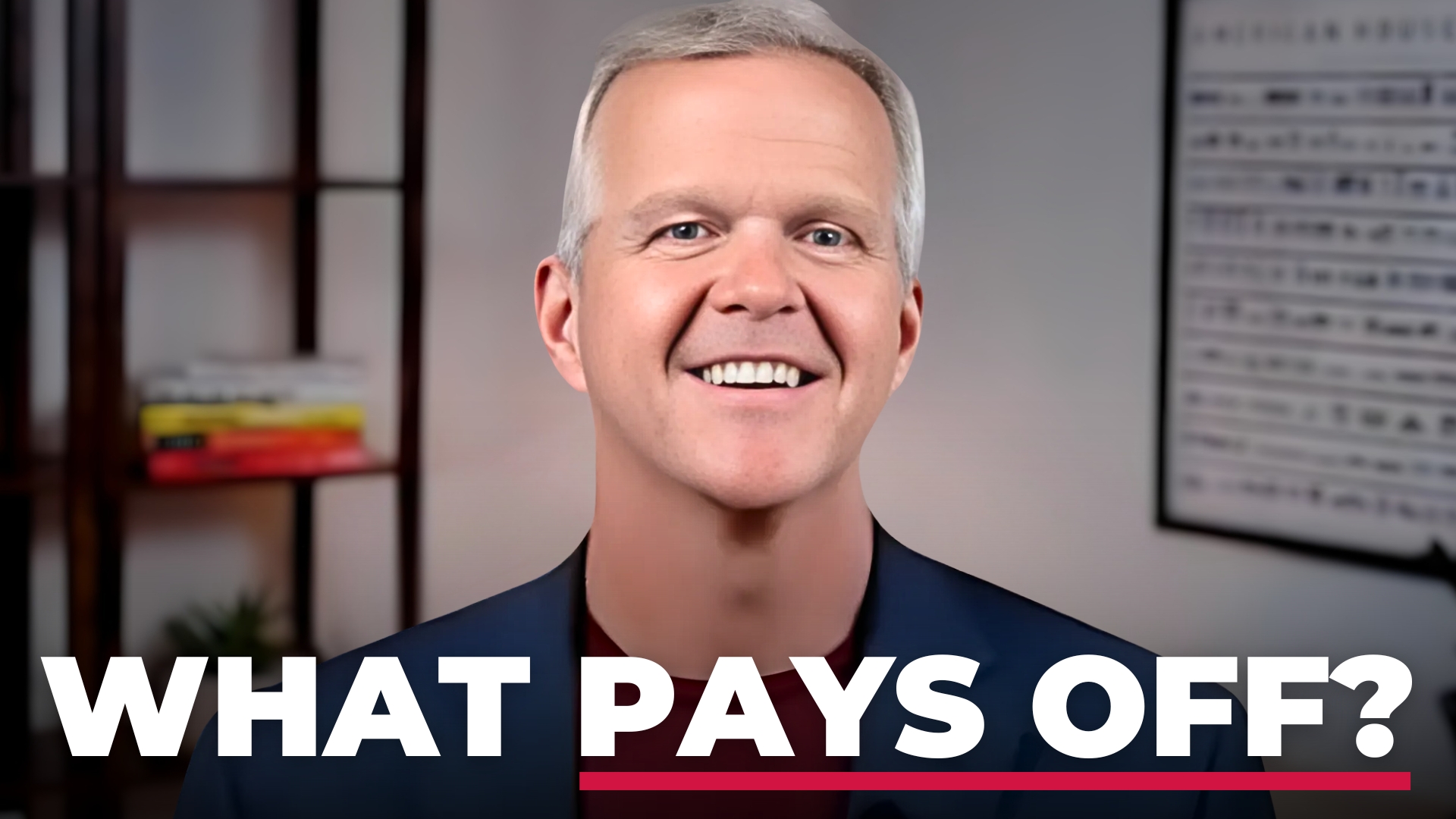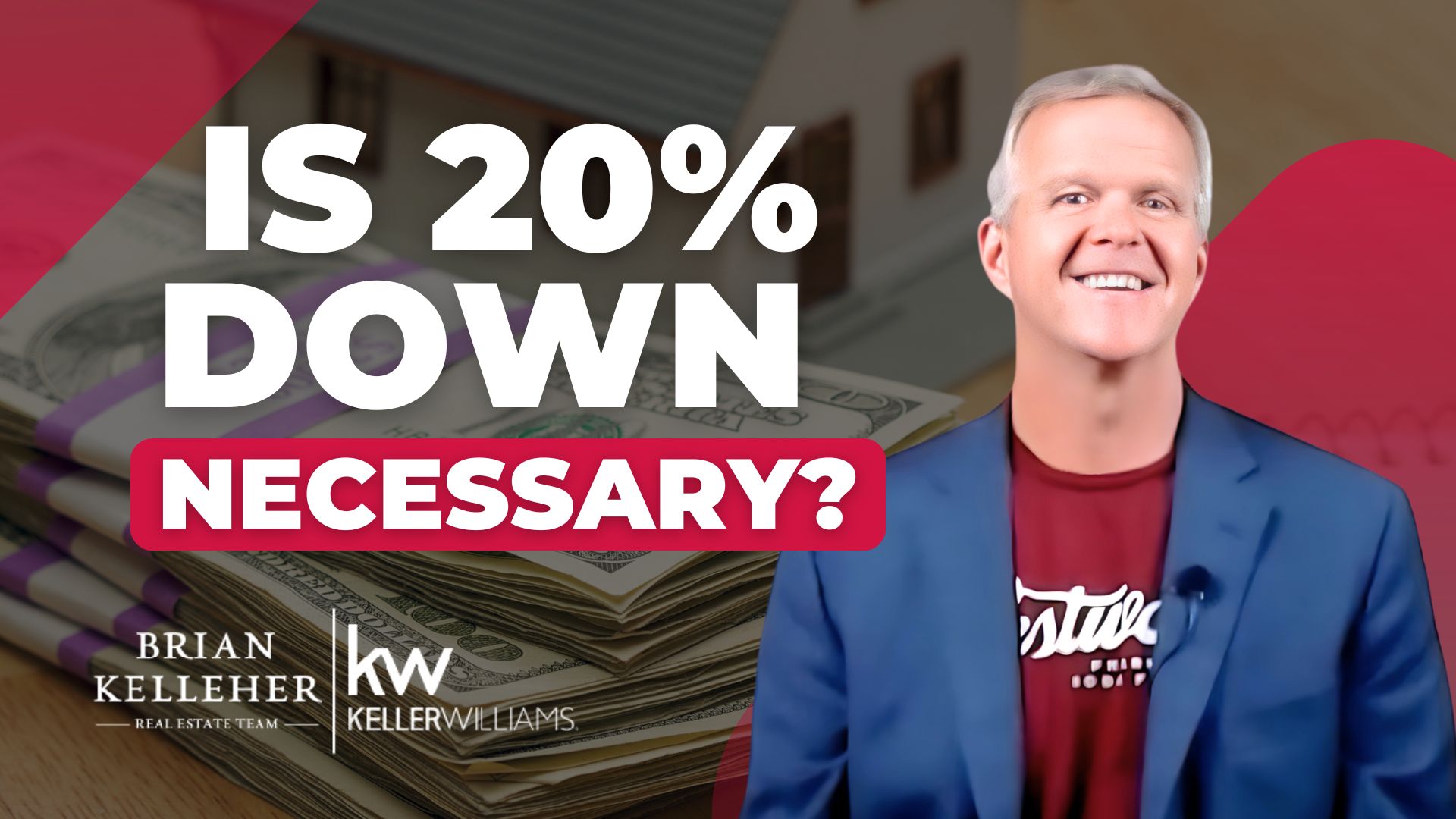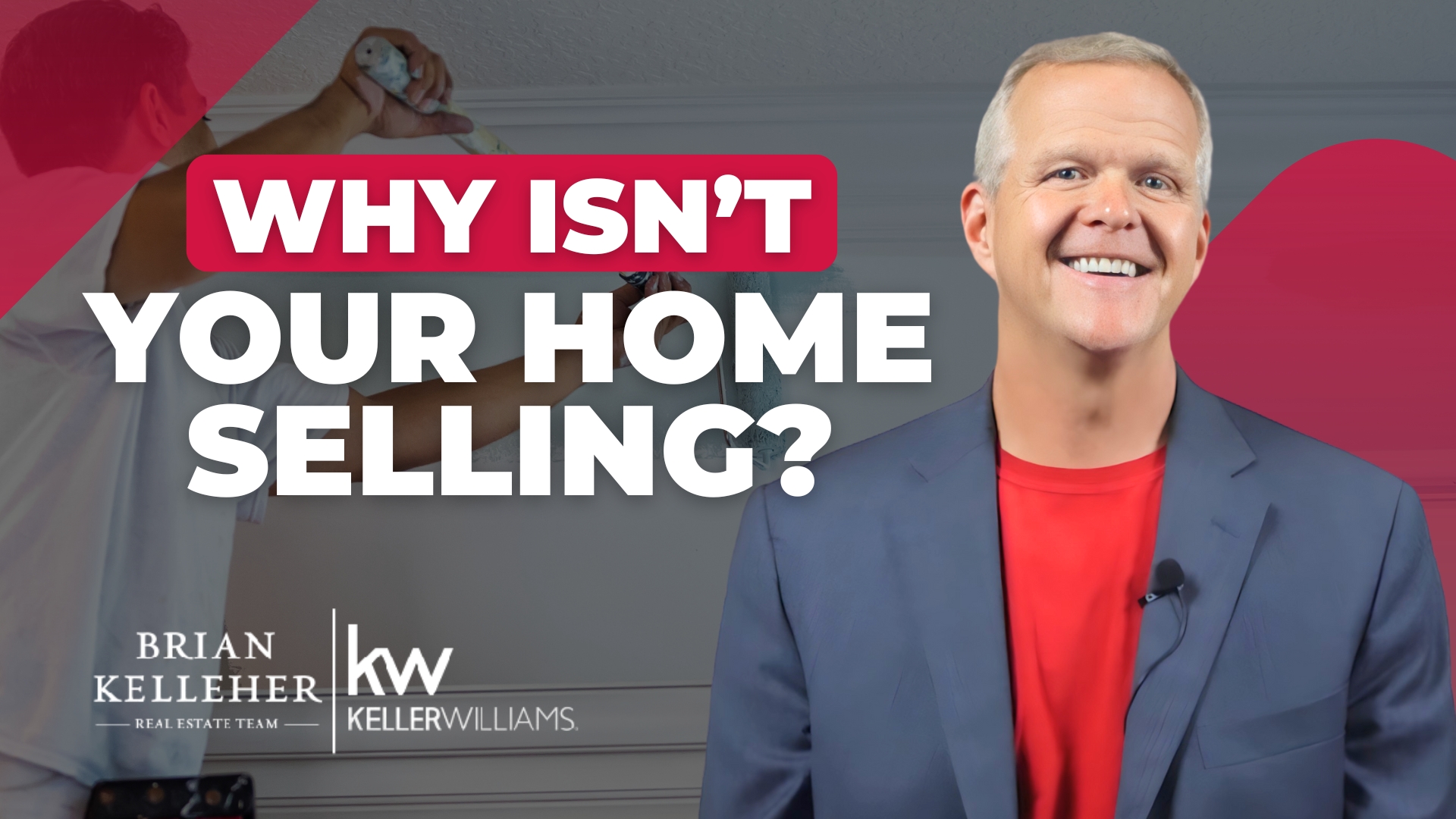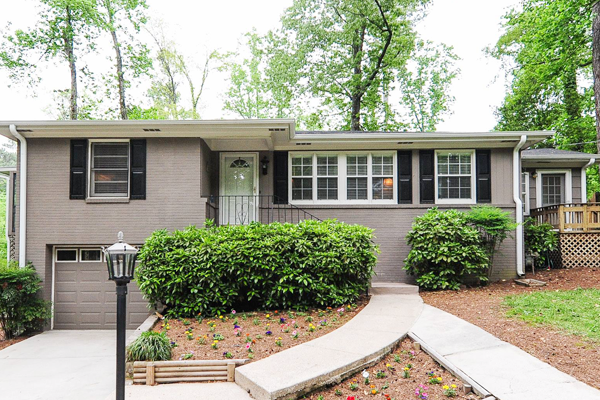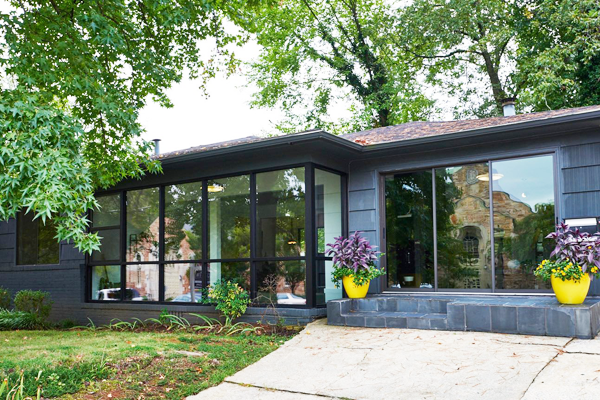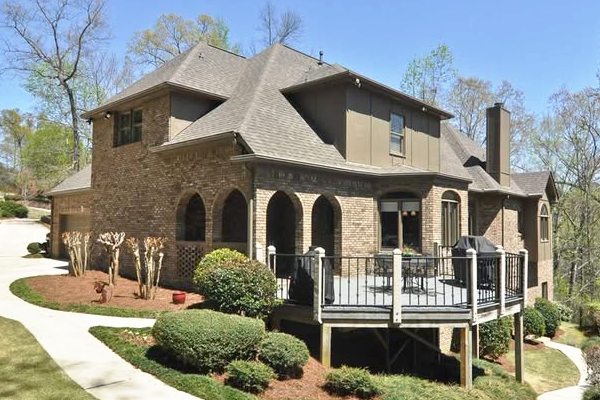Let’s Explore Your Selling Options. We will help you sell your home at the price and terms you want. Free Selling Strategy Call
When it comes to buying a home, one of the most common questions is, “How much do I need for a down payment?” Many people believe they need to have 20% of the purchase price saved up, but this is actually a myth. Today, I will go over different loan types that homebuyers can choose from to pay a lower down payment. Here’s what you need to know:
While there are loan options or lenders that require a 20% down payment, most homebuyers in the United States put down significantly less. On average, homebuyers put about 15% down, while first-time homebuyers typically put down only about 8%.
Various loan programs offer flexibility with down payments. For example, Veterans Administration (VA) loans and USDA loans require no down payment, while FHA loans require as little as 3.5%. Even conventional loans can go as low as 3% down. While there are advantages to putting 20% down, such as avoiding private mortgage insurance (PMI), it is not always feasible or the smartest choice for everyone.
A common question is whether it’s better to wait and save up the full 20% for a down payment. While this might seem like a sound financial decision, it could backfire if home prices continue to rise. The time spent saving up could lead to paying more for the same home in the future, potentially costing more in the long run. The bottom line is that you don’t necessarily need 20% for a down payment, and it’s best to consult with a loan officer to determine the best approach for your situation.
If you’re considering purchasing a home in the next few years, I encourage you to reach out. Just call 205-531-2747 or email brian@briankelleherteam.com to schedule a consultation. My team and I can recommend local lenders who can provide you with personalized advice on down payment options. I’m here to help you navigate the home-buying process with confidence!
-
Let’s Explore Your Selling Options. We will help you sell your home at the price and terms you want. Free Selling Strategy Call
-
What’s Your Birmingham Home Worth?. Are you thinking of selling your home or interested in learning about home prices in your neighborhood? We can help you. Free Home Value Report
-
Looking for a Birmingham Home?. Search the entire MLS for your Birmingham home. Search the MLS
-
Free Real Estate Newsletter. Get our latest Q&A, insights, and market updates to make smarter decisions. Subscribe Now


